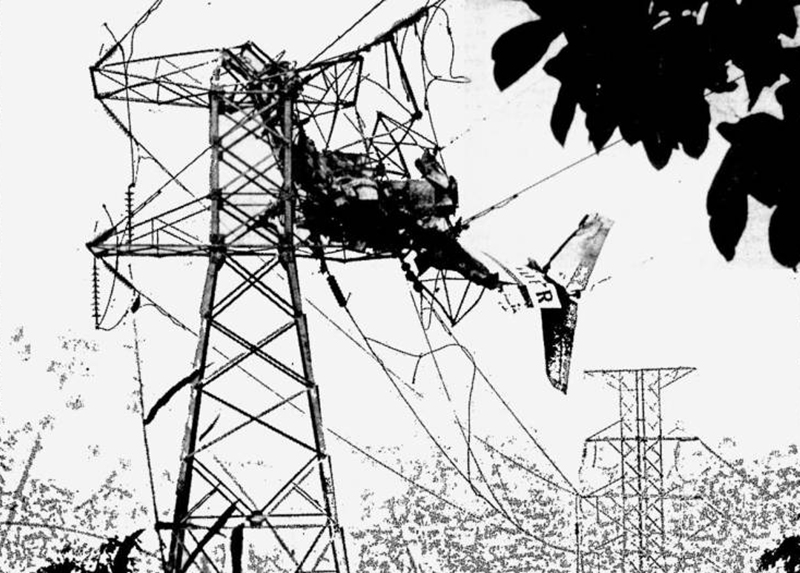Crash of a Learjet 24 in Lancaster: 1 killed
Date & Time:
Oct 17, 1978 at 0913 LT
Registration:
N123RE
Survivors:
Yes
Schedule:
Lancaster - Lancaster
MSN:
24-154
YOM:
1967
Crew on board:
2
Crew fatalities:
Pax on board:
0
Pax fatalities:
Other fatalities:
Total fatalities:
1
Captain / Total hours on type:
379.00
Circumstances:
The crew departed Santa Ana in the early morning to follow a training program at Lancaster-General William J. Fox Airport. He was completing several touch-and-goes when control was lost during initial climb. The airplane swerved on runway and eventually crashed. The copilot was seriously injured while the captain was killed.
Probable cause:
Ground loop and controlled collision with ground during initial climb after the crew failed to maintain directional control while completing touch and go landing.
Final Report:






